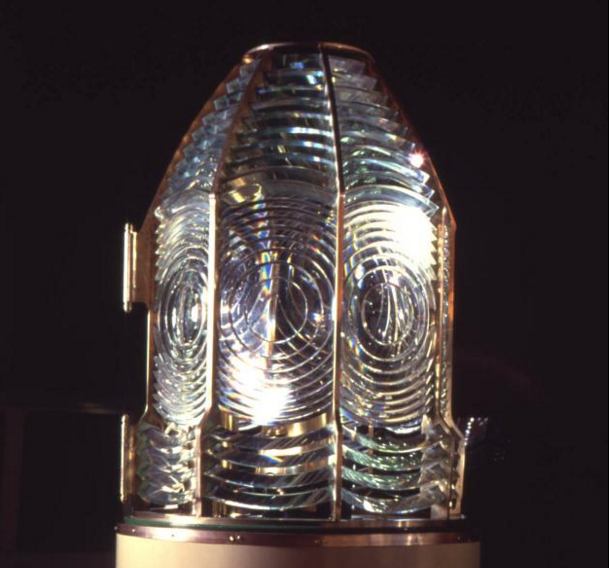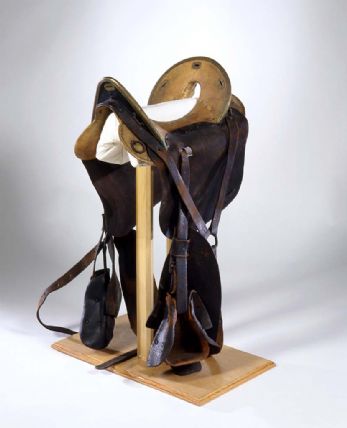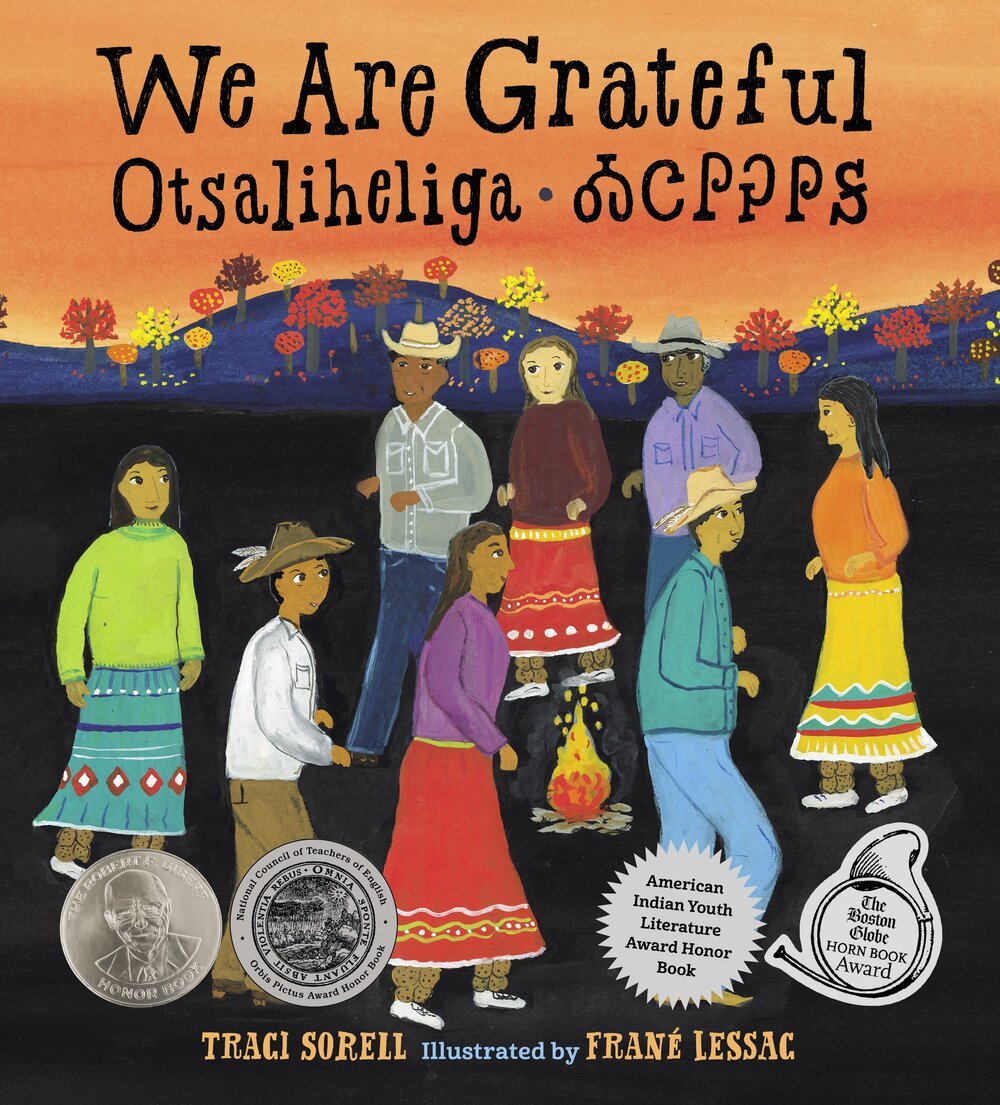As COVID-19 deaths spiked in 2020, Suzanne Firstenberg’s public art installation "In America: How could this happen…"
Museum Artifacts

Grade Range:
K-12
Resource Type(s):
Artifacts, Primary Sources
Date Posted:
1/22/2009
This small piece of yellow metal is believed to be the first piece of gold discovered in 1848 at Sutter's Mill in California, launching the gold rush.
John Marshall was superintending the construction of a sawmill for Col. John Sutter on the morning of January 25, 1848, on the Sout

Grade Range:
K-12
Resource Type(s):
Artifacts, Primary Sources
Date Posted:
2/11/2009
Heavyweight boxing champion Joe Louis (1914-1981) lost his first bout with Nazi Germany's champion Max Schmeling in 1936, but the return match was a triumph for America. This towel was thrown in by Schmeling's handlers at Yankee Stadium, New York City, June 22, 1938, where Louis pummeled his oppo

Grade Range:
5-12
Resource Type(s):
Artifacts, Primary Sources
Date Posted:
12/23/2010
On April 21, 1861, Virginians claimed an abandoned navy yard at Norfolk, Virginia. There they found the sunken hull of the burned USS Merrimack. The Merrimack was raised and on June 23, 1861 the Honorable S. R. Mallory, Confederate secretary of the navy, ordered it to be converted to an ironclad.

Grade Range:
K-12
Resource Type(s):
Artifacts, Primary Sources
Date Posted:
3/27/2012
In the early nineteenth century, lighthouses in the United States were considered inferior to those in France and England. American mariners complained about the quality of the light emanating from local lighthouse towers, arguing that European lighthouses were more effective at shining bright be

Grade Range:
K-12
Resource Type(s):
Artifacts
Date Posted:
11/7/2012
This ambrotype portrait of Mea-to-sa-bi-tchi-a, or Smutty Bear, a Yankton Dakota, is among the first photographic images of Native Americans. Smutty Bear was part of a large Native American delegation that came to Washington, D.C., during the winter of 1857–58. Under duress, members of the dele

Grade Range:
5-12
Resource Type(s):
Artifacts, Primary Sources
Date Posted:
12/17/2010
Captain George B. McClellan toured Europe with a military commission looking at new military tactics. He returned and developed a new modified cavalry saddle. In 1859, the U.S. War Department adopted the McClellan saddle. They remained the standard issue throughout the history of the horse cavalr

Grade Range:
K-12
Resource Type(s):
Artifacts, Primary Sources
Date Posted:
3/10/2009
A popular portrait method of photography from the 1839 announcement of its invention to about 1860, the Daguerreotype was a unique photograph with no negative—each photograph was exposed on a copper plate coated with silver-nitrate. This half-length Daguerreotype portrait of Louis Jacques Mand�

Grade Range:
K-12
Resource Type(s):
Artifacts, Primary Sources
Date Posted:
3/9/2009
This silver teapot was made by Samuel Casey of Little Rest (later Kingston, R.I.), about 1750, for Abigail Robinson, probably about the time of her marriage to John Wanton of Newport, R.I., in 1752. Shaped like an inverted pear, the teapot has silver feet and a wooden finial. The wooden handle is

Grade Range:
5-12
Resource Type(s):
Artifacts, Primary Sources
Date Posted:
12/30/2010
Union belt buckle found on the battlefield at Winchester, Virginia.

Grade Range:
K-12
Resource Type(s):
Artifacts
Date Posted:
3/28/2016
John H. Irwin received patent number 35,158 on May 6, 1862, of this design of a coil oil lamp. Irwin’s lamp was designed for coal oils and other similar hydrocarbons (such as kerosene) which volatilized at low temperatures and required an excess of oxygen to support illumination. The excess of



















